Hidden in southern Italy, right where Basilicata and Calabria meet, you’ll find one of the country’s most breathtaking yet overlooked natural gems. I stumbled on this wild area during my journey through Italy’s “boot,” where ancient traditions still thrive, and the landscapes feel untouched by the usual crowds.
The Parco Nazionale del Pollino stretches over nearly two thousand square kilometers across both Basilicata and Calabria. It’s Italy’s largest national park and gives travelers a real escape into untamed Mediterranean wilderness.
Last summer, as I wandered these mountain paths, I felt like I’d landed in an Italy most visitors never see. The park sprawls across the provinces of Cosenza, Matera, and Potenza, forming a natural border between these two southern regions.
What really struck me? The contrast—busy, lively coasts on one side, and here, a peaceful mountain world where time just seems to pause.
These borderlands reveal a kind of “silent beauty” that’s hard to put into words but says so much about the real south of Italy. Medieval villages cling to hills, locals greet you like family, and the architecture tells stories from centuries of changing hands.
On my hikes, the views kept shifting—from rugged peaks to sudden glimpses of the Ionian and Tyrrhenian seas far off in the haze.
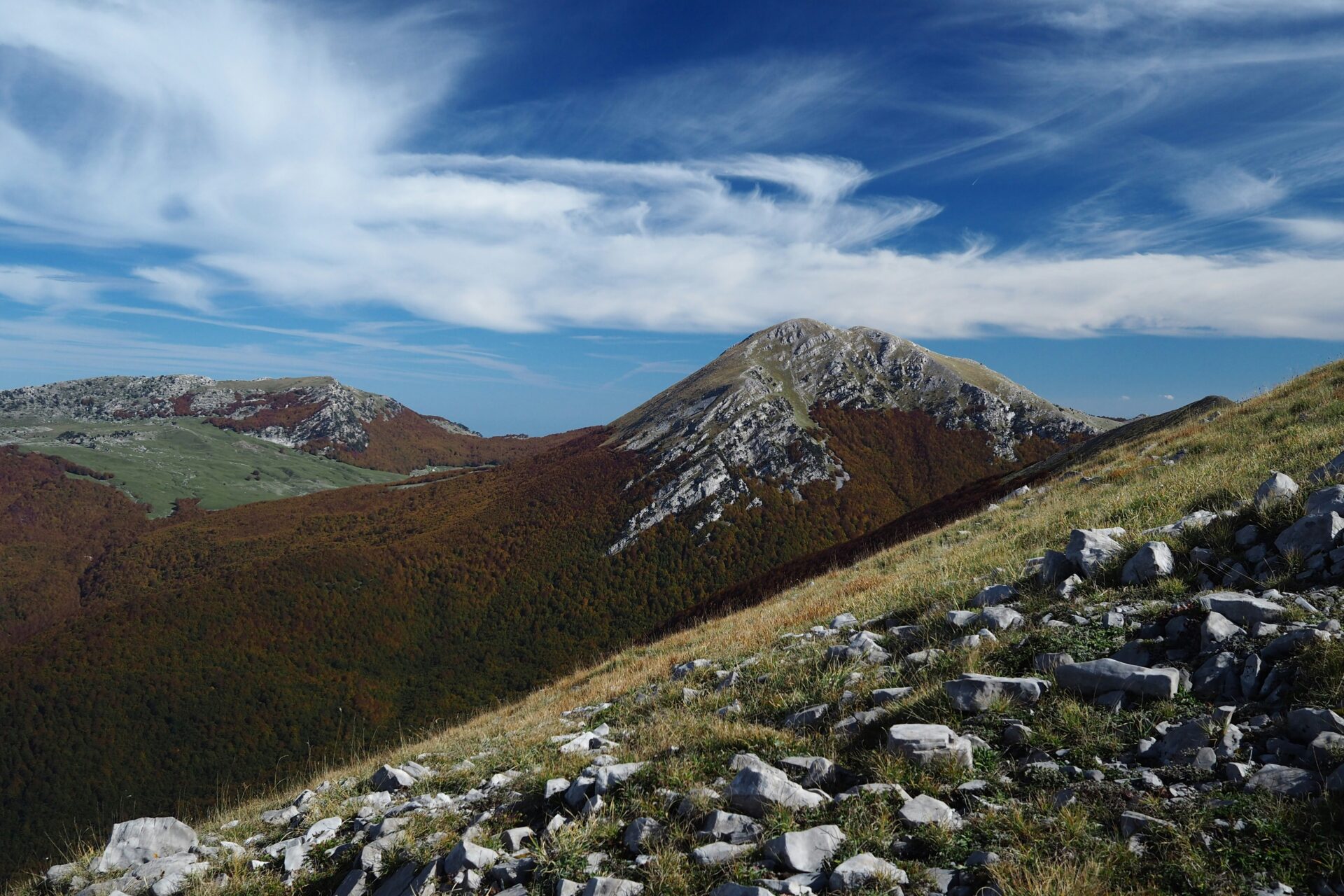
Discovering the Wilderness: Where Basilicata Meets Calabria
This border region hides some of Italy’s wildest landscapes, where craggy mountains and old traditions still survive, far from the usual tourist trails.
Defining the Borderland
The border between Basilicata and Calabria isn’t just a line on a map. It’s a living, breathing wilderness, anchored by the majestic Pollino National Park.
Pollino sprawls across over 1,900 square kilometers, linking these two southern regions in one vast protected area.
On my first visit, I noticed how the land just flows between the regions. The Lucanian Apennines roll south, creating natural corridors that have guided people for ages.
Villages here feel suspended in time—not quite Basilicatan, not quite Calabrian, but something unique. As you travel, even the dialects shift, a reminder of how isolated these mountain communities used to be.
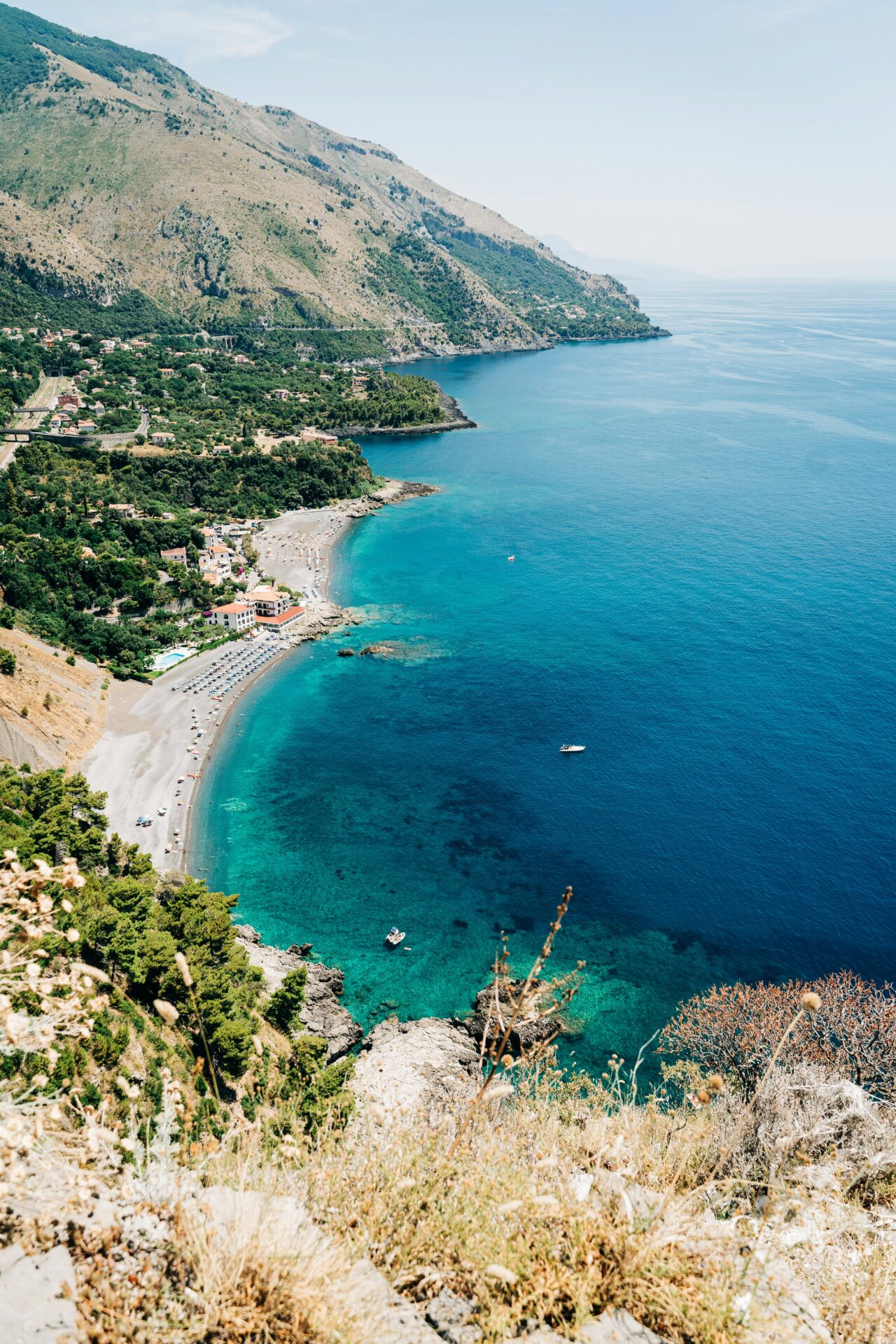
Natural Beauty and Rugged Landscapes
This wilderness is all about drama—limestone peaks, deep valleys, and a wild mix of plants and animals. As I hiked through Pollino, I came across ancient Bosnian pines—some twisting and gnarled, older than many countries.
The Raganello Gorge slices through the landscape, turquoise water rushing between sheer rock walls. If you love canyoning or hiking, you’ll feel right at home.
Wildlife thrives here. I’ve spotted wolves, golden eagles, and even the elusive Italian roe deer. The park’s elevation changes create everything from Mediterranean scrub to alpine meadows.
Rivers like the Sinni and Lao wind through the park, offering cold swimming holes on hot summer days. These waterways have shaped both the land and the way people live here.

Hidden Histories Between Regions
Ancient paths cross this borderland, bearing silent witness to centuries of history. Greek settlers, Roman soldiers, medieval traders—they all left traces here.
Stone ruins and old trails hint at stories still waiting to be uncovered.
Albanian communities called Arbëreshë settled these mountains in the 15th century, fleeing the Ottomans. Their language and traditions survive in villages like Civita and San Paolo Albanese, layering the culture even further.
I found Byzantine rock churches tucked away in remote valleys, their faded frescoes whispering stories of early Christians. These sacred places feel frozen in time, reachable only if you’re willing to wander off the main roads.
Local festivals here blend Catholic rituals and older, pre-Christian customs. The Madonna del Pollino celebration every July brings pilgrims from both sides, uniting people with age-old mountain traditions.
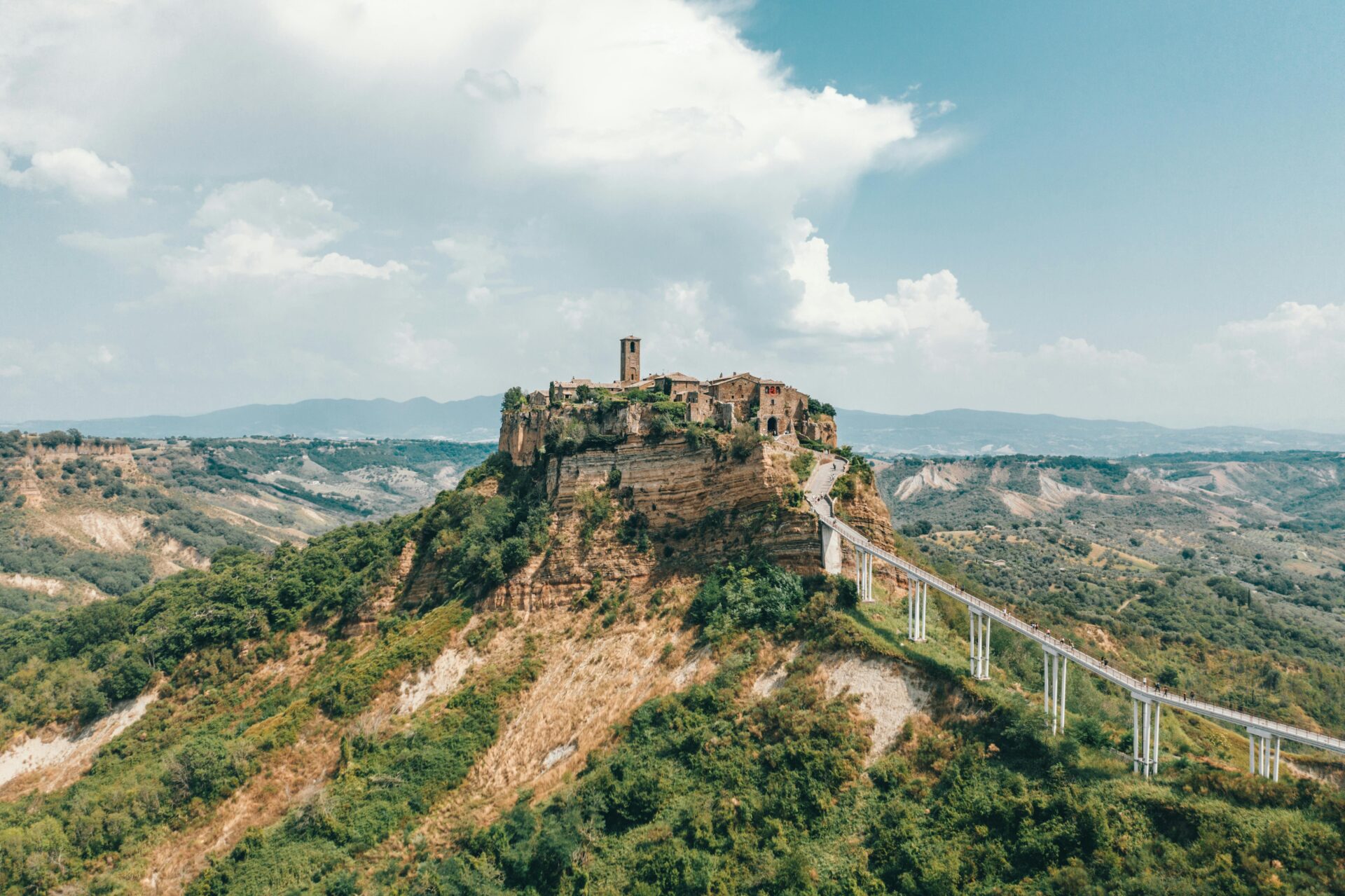
Explore Pollino National Park: The Heart of the Wild
Pollino National Park sits right on the border of Basilicata and Calabria, forming Italy’s largest protected natural area. This UNESCO Geopark covers over 192,000 hectares and stretches across 56 municipalities in three provinces: Potenza, Matera, and Cosenza.
Iconic Peaks and Serra Dolcedorme
Pollino’s mountain massifs really took my breath away. Serra Dolcedorme, the park’s highest peak at 2,267 meters, offers jaw-dropping views that seem to go on forever when the sky is clear.
When I hiked up last summer, the limestone rocks made a dramatic backdrop against the endless blue. The geology here tells a story millions of years in the making.
The mountains form a natural border between the two regions. Valleys and plateaus change character with each season—snow in winter, then wildflowers painting the slopes in spring.
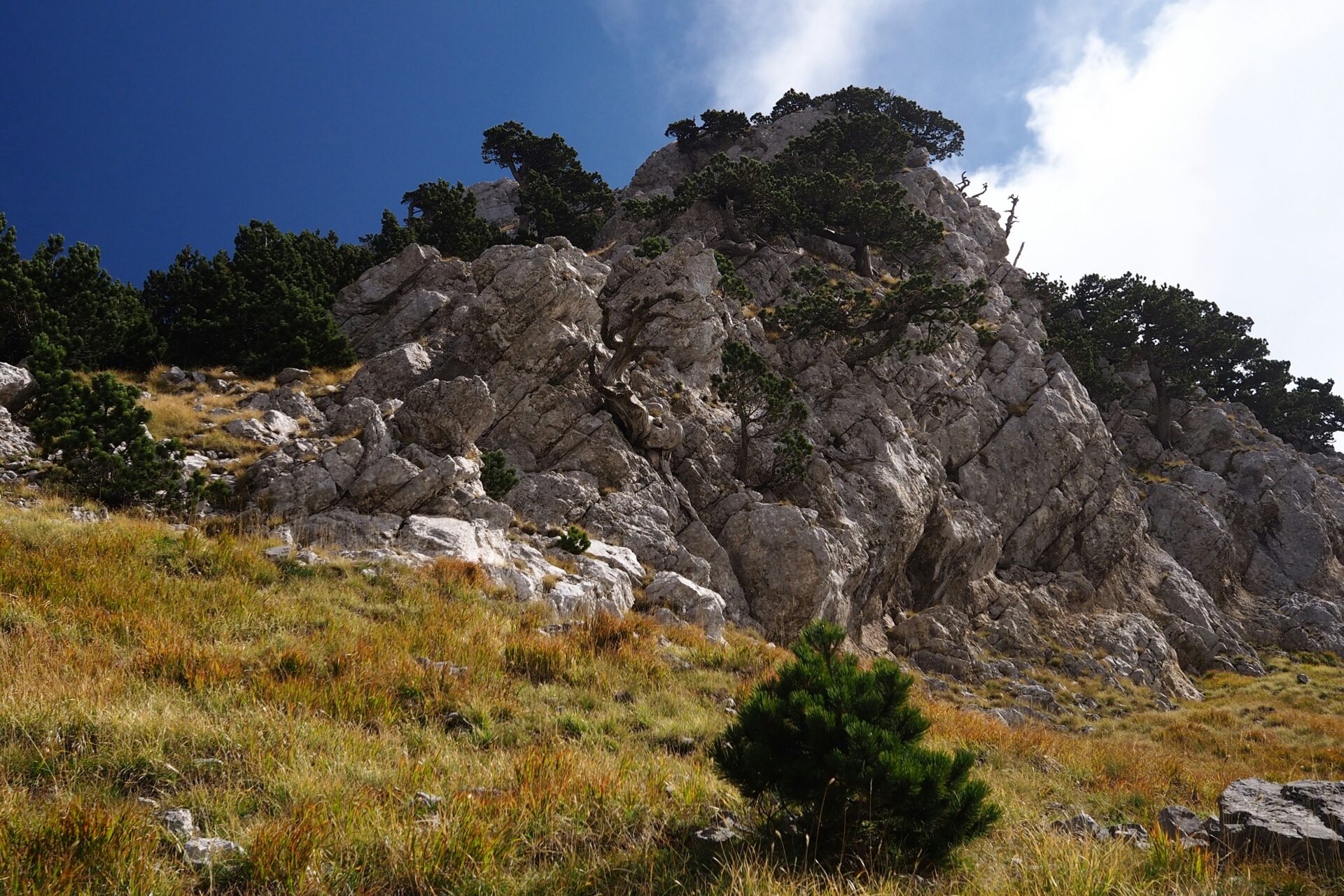
Diverse Flora and Fauna
Pollino’s biodiversity is something special. The ancient Bosnian pine (Pinus leucodermis), or “loricato” pine, stands as the park’s emblem. These tough, weathered trees cling to rocks and can live for over a thousand years.
On my walks, I found wild boar and roe deer tracks in the mud. Wolves and eagles roam here too, and if you’re lucky, you might even spot the rare Italian wolf.
Different elevations create all sorts of habitats: Mediterranean maquis at the bottom, alpine meadows higher up. In spring, the meadows burst with unique wildflowers like the pale yellow Pollino primrose, found nowhere else.
Birds of prey circle overhead, while martens and hedgehogs rustle through the brush. Every hike feels like a little wildlife safari.

Adventure Activities and Hiking Routes
Pollino’s trails offer something for everyone. Well-marked routes like the one to Belvedere del Malvento reward you with sweeping views.
I always recommend the Path of the Loricate Pines—a moderate six-hour trek through forests to see those ancient trees up close. If you want more adrenaline, river trekking in the Raganello Gorge is a wild way to experience the park’s rivers.
Limestone cliffs attract rock climbers, and mountain bikers will find plenty of trails at lower elevations. When winter hits, snowshoeing and cross-country skiing open up a whole new side of the park.
Visitor centers in Rotonda and Castrovillari hand out maps and can connect you with local guides who know all the secret spots. I’ve learned that early mornings are best for wildlife and catching that golden mountain light.

Unveiling Authentic Villages and Local Flavors
The border between Basilicata and Calabria hides some of Italy’s most enchanting villages, each with its own personality and food traditions. Most haven’t been changed much by tourism, which is honestly refreshing.
Charming Basilicata Settlements: Matera and San Nicola
Matera blew me away. I spent three days exploring this UNESCO World Heritage site, and honestly, I could have stayed longer. The “Sassi” cave dwellings are carved right into the ravine, giving the whole place a prehistoric, almost mystical vibe.
As I wandered Matera’s stone lanes, I stumbled into tiny artisan workshops where craftspeople still use age-old techniques.
San Nicola, on the other hand, offers something completely different. This mountain village hosts the “Marriage of Trees” each spring—a ritual celebrating fertility and renewal by joining two trees together.
During the festival, the village square fills with music, dancing, and plenty of local wine. The connection to ancient tradition here feels real and moving.
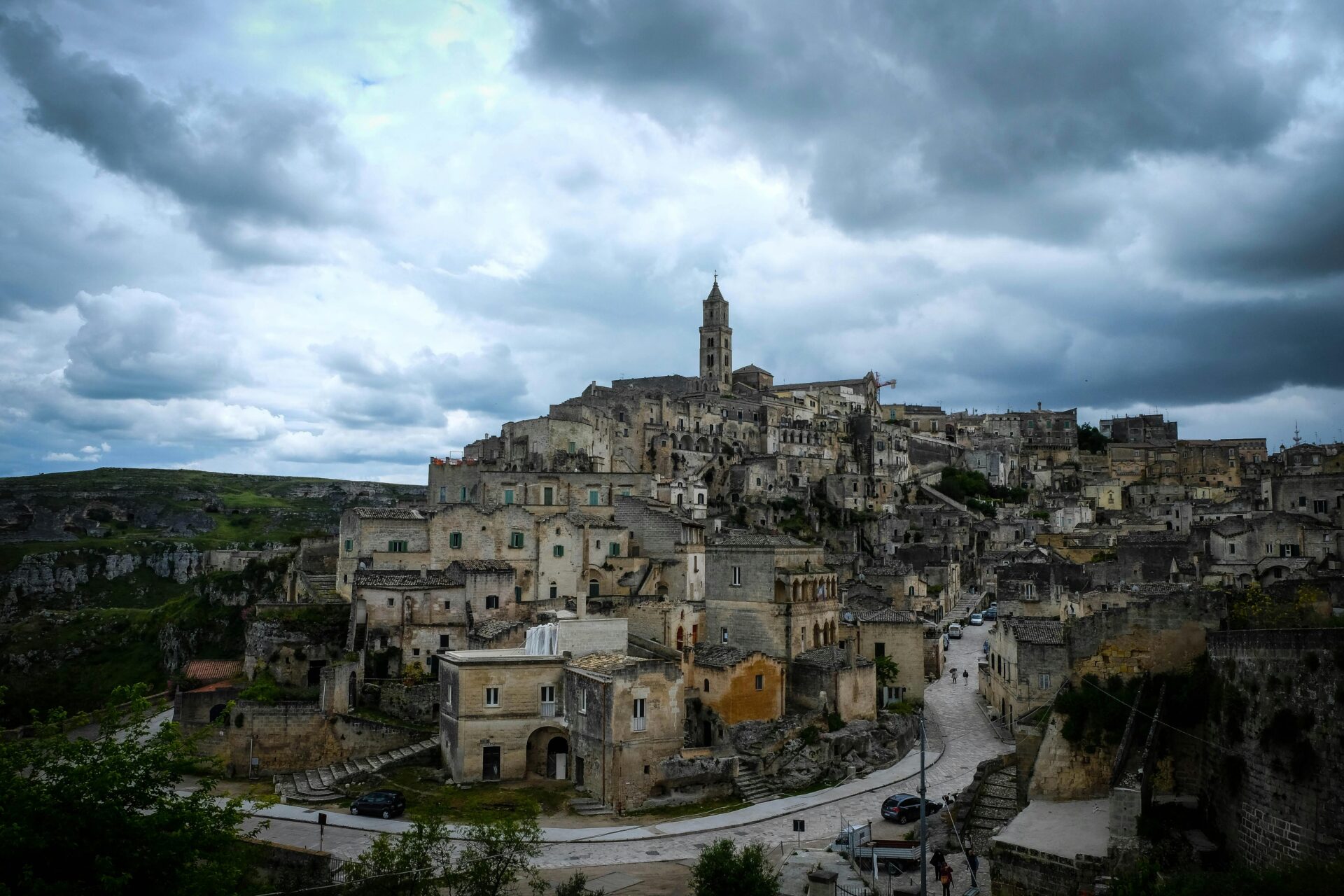
Characterful Calabria: Orsomarso, Civita, and Morano Calabro
Once I crossed into Calabria, Orsomarso greeted me with medieval charm, sitting snug in Pollino National Park. The village offers great hiking and rivers where locals fish for trout.
Civita stands out for its strong Albanian roots. Founded by refugees in the 15th century, the village keeps unique traditions, language, and bright costumes that come alive during festivals.
Morano Calabro rises steeply on a hillside, its houses stacked like a pyramid. I spent hours photographing the castle ruins and wandering narrow alleys that suddenly opened onto jaw-dropping mountain views.
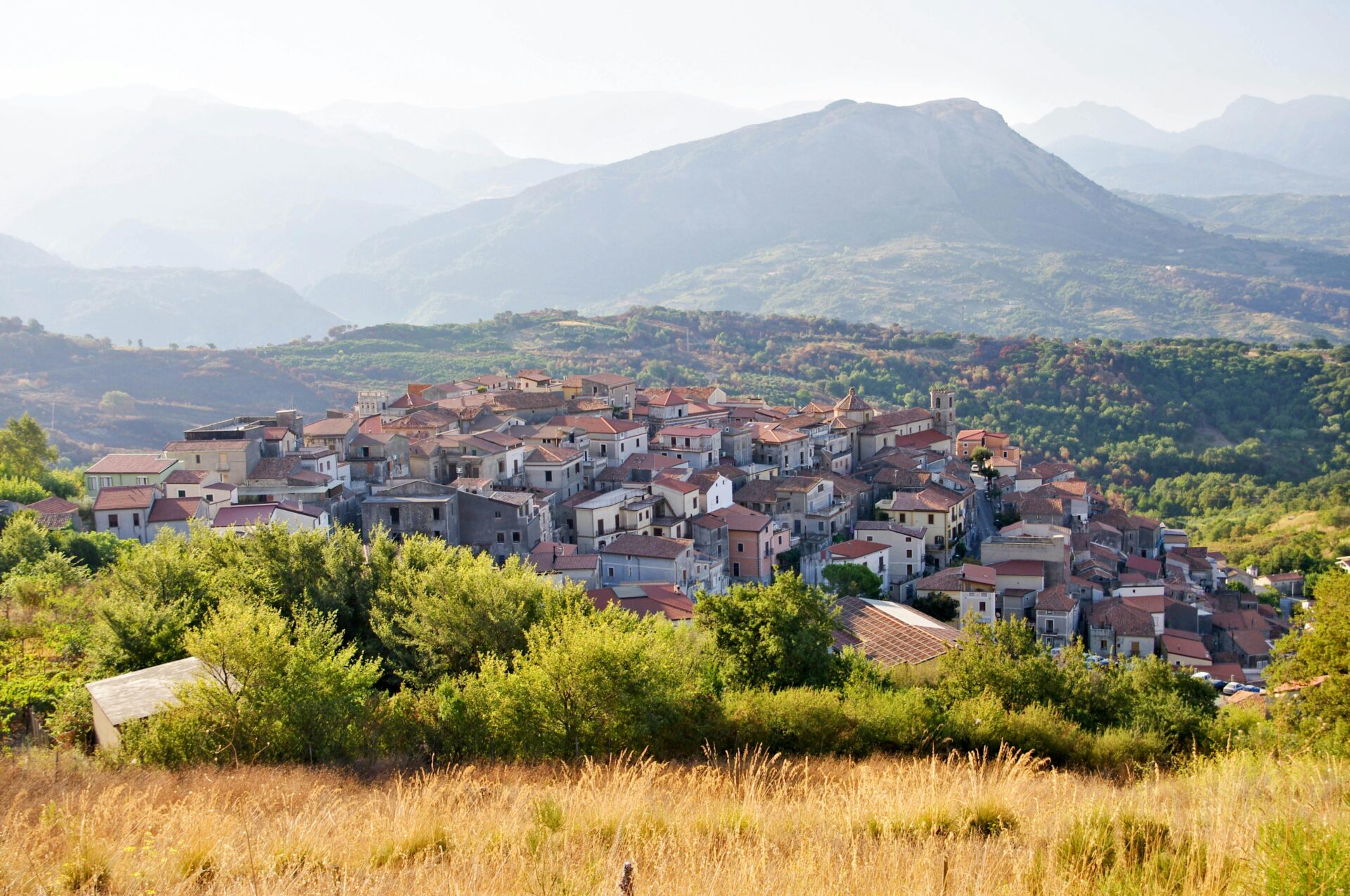
Traditional Cuisine and Olive Groves
Food here is a blend of both regions, but every village has its own twist. I tried Basilicata’s famous orecchiette pasta with turnip tops and fiery peperoncino—my eyes watered, but I loved it.
Ancient olive groves cover the hills. Many families still pick olives by hand, pressing them into oil at old stone mills. I joined a harvest once, and it’s harder work than it looks.
Calabrian food means hearty dishes like ‘nduja (the spicy, spreadable sausage) and fileja pasta with rich meat sauces. The bergamot orange, grown mostly here, flavors everything from desserts to liqueurs.
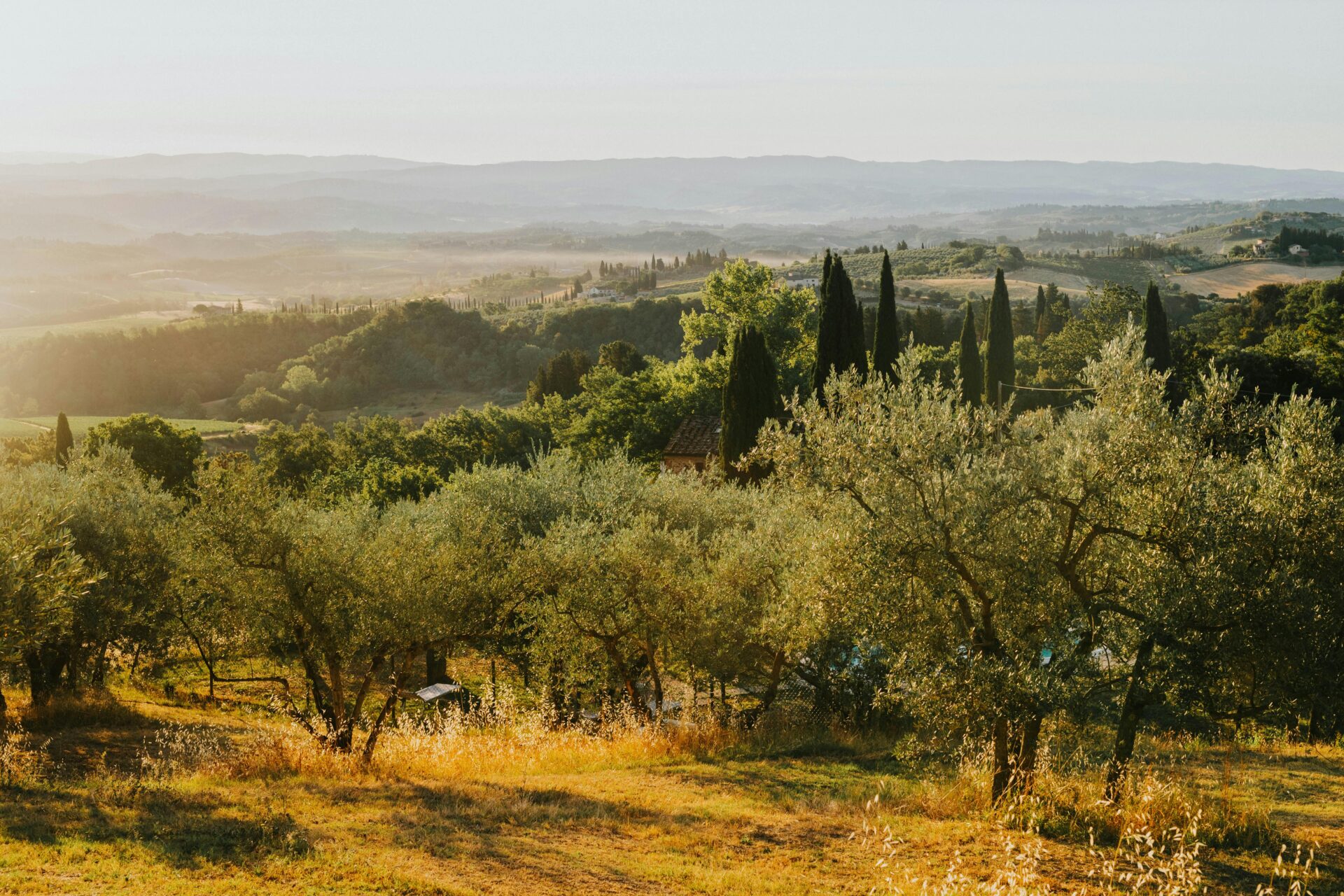
Journey Beyond: Regional Connections & Nearby Wonders
From the wild border of Basilicata and Calabria, you can reach all kinds of amazing places just beyond. These nearby spots are perfect if you want to stretch your adventure a bit further into southern Italy’s quieter corners.
Gateway to the Sila National Park
Heading south into Calabria, I found Sila National Park to be a real surprise. This mountain wonderland sprawls over 73,000 hectares with ancient forests and clear lakes.
During my visit, I hiked through pine woods that locals proudly call “the lungs of Calabria.” Wildlife here is everywhere—wild boars, rare birds, and more.
In winter, Sila turns into a small ski area, while summer brings mountain biking and trekking. The villages here, like San Giovanni in Fiore, offer history and hearty mountain food like ‘patate mpacchiuse’ (potato croquettes) and mushroom dishes I still crave.
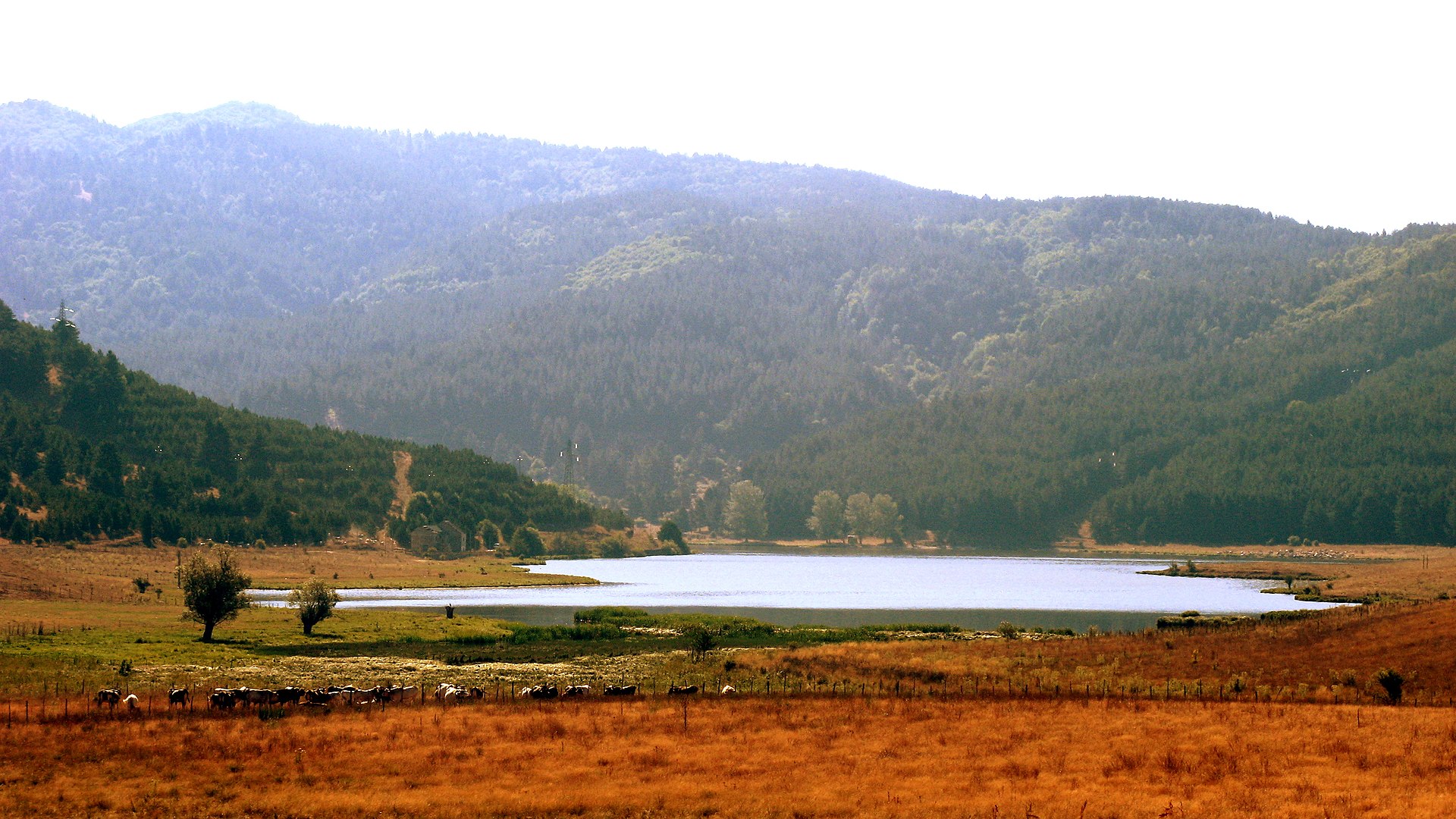
Excursions to Puglia and Apulia
Go east from Basilicata, and you’ll hit Puglia (or Apulia), a region drenched in sun. The shift from Basilicata’s rugged hills to Puglia’s flat, coastal plains is pretty dramatic.
Puglia welcomed me with its trulli houses in Alberobello and the baroque architecture of Lecce. The coast flips from cliffs to sandy beaches, all washed by the Adriatic’s blue-green water.
Food lovers will be in heaven here:
- Orecchiette pasta with turnip tops
- Fresh burrata cheese
- Primitivo wine from Manduria
- Crunchy taralli crackers
The drive from Basilicata to Puglia usually takes just 1-2 hours. It’s easy to do a day trip or plan a longer stay.
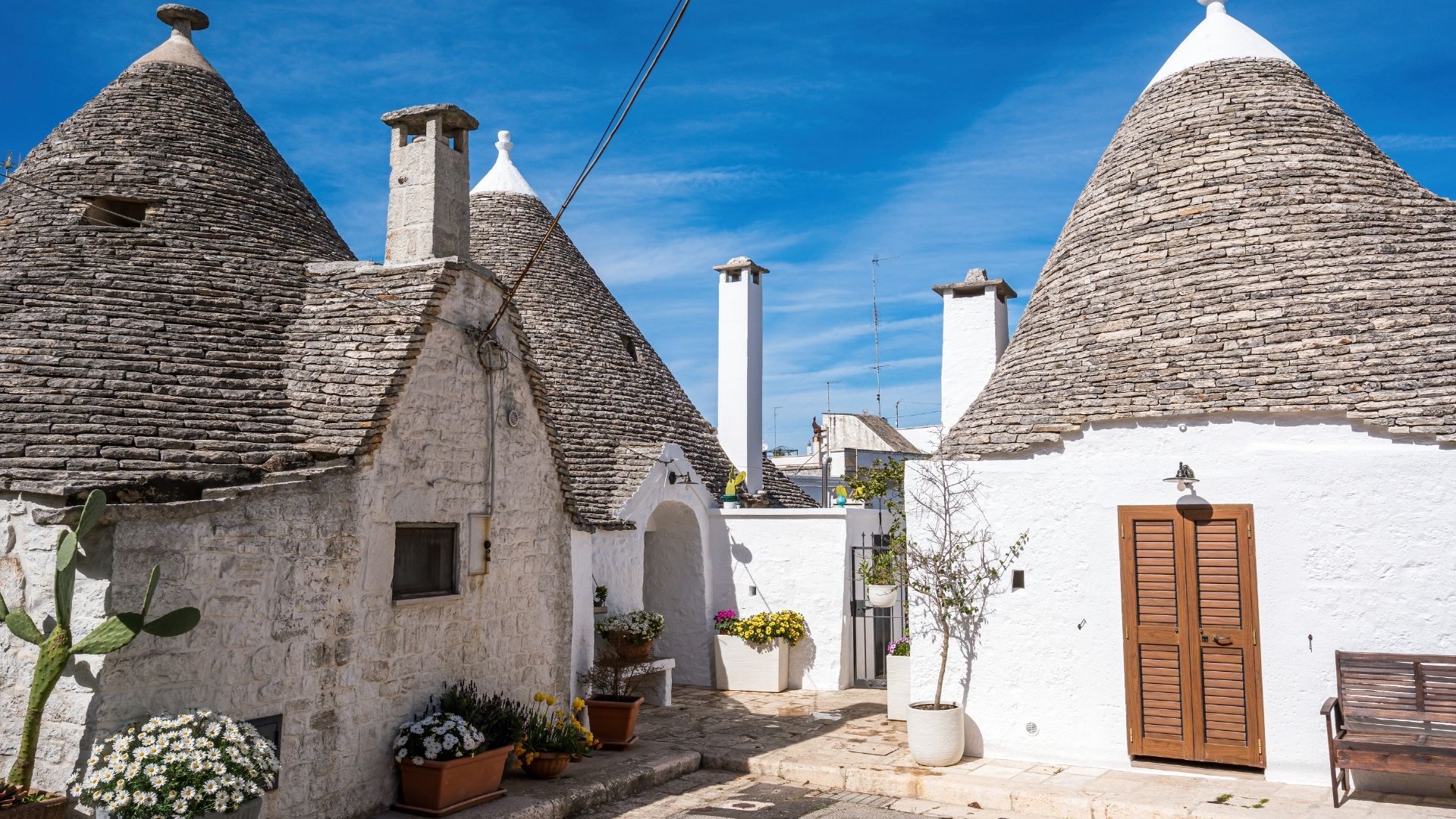
Reaching the Amalfi Coast and Tyrrhenian Gems
Northwest of Basilicata, the Amalfi Coast awaits with its cliffside towns and epic views. If you’re passing through, stop in Pizzo for tartufo ice cream—it was invented there, and honestly, nowhere else comes close.
Further north, Scilla stands out as one of Calabria’s most photogenic coastal towns. Chianalea, the fishing village, has houses built right on the rocks, with waves splashing at their doors. The local swordfish, caught the old-fashioned way, is a must-try.
The Amalfi Coast itself is as stunning as everyone says, with colorful villages clinging to cliffs above the sea. It’s busier than Basilicata, sure, but the beauty is worth it. If you can, visit in May or September for fewer crowds and better deals on places to stay.
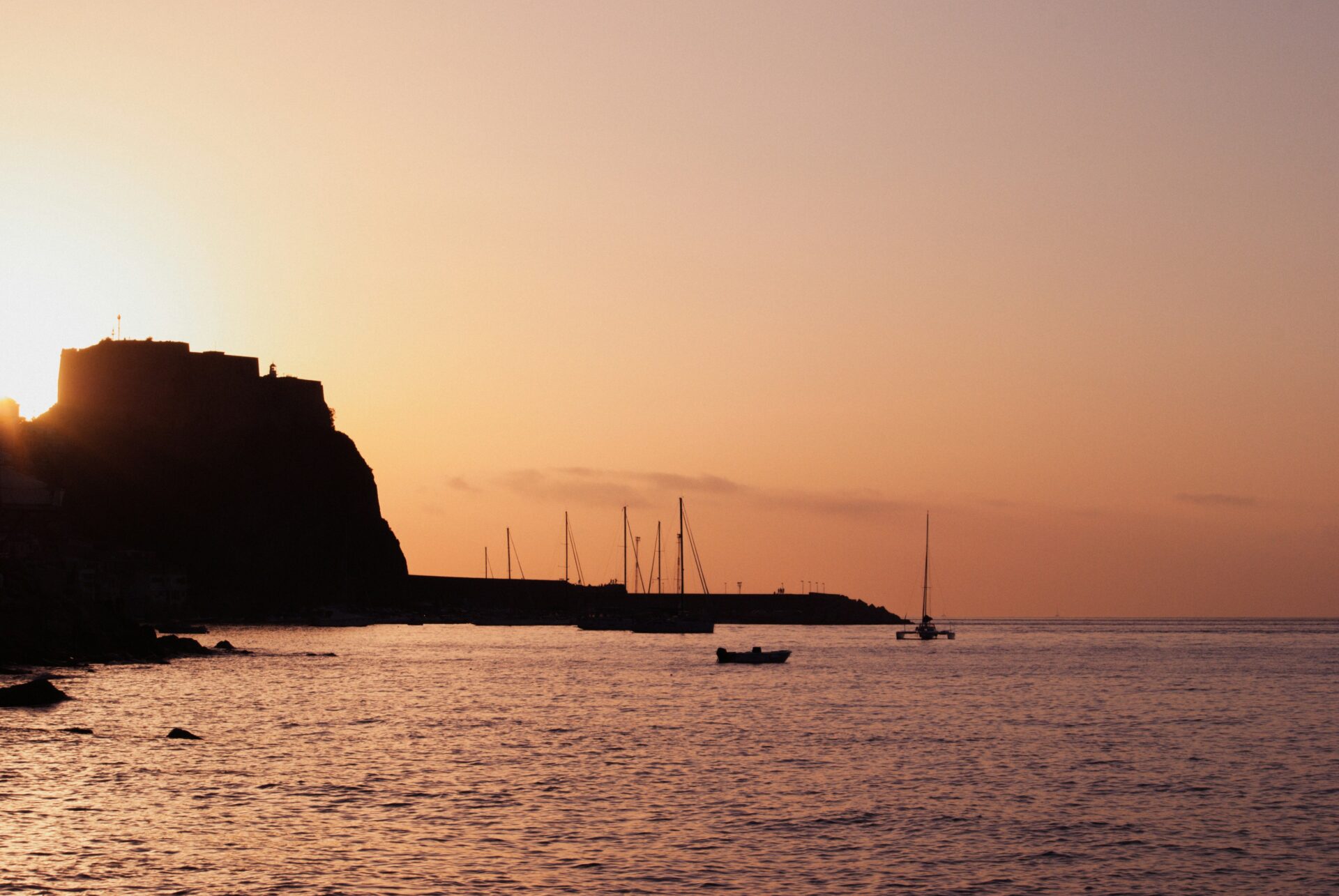
Culture, Heritage and UNESCO Sites
The border zone between Basilicata and Calabria is packed with cultural treasures that go back thousands of years. Ancient traditions and world-famous heritage sites mix together, creating a rich tapestry of human history set against these wild, unforgettable landscapes.
Ancient Traditions and Festivals
When I wandered through small villages along the Basilicata-Calabria border, I stumbled upon traditions that people here have kept alive for centuries.
Local festivals pop up throughout the year, and they’re anything but ordinary. These celebrations tie deeply to the rhythms of agriculture and a sense of religious devotion that’s hard to miss.
In spring, I caught the “Maggio” festivities. Villagers hoist up tall wooden poles and decorate them with fresh fruits and bright ribbons. It’s a wild blend—pagan fertility rituals meet Catholic customs, and somehow it all just works.
Food? It’s everywhere, and it means everything. I tried ancient grain breads and sheep’s milk cheeses, and honestly, the flavors surprised me. Families here hold tight to their recipes, each one convinced theirs is the best. Who could blame them?
Music and dance haven’t faded, either. The tarantella still gets everyone moving. I watched older folks patiently show the younger ones those lively steps that somehow capture stories about love, harvest, and what it really means to be part of this community.
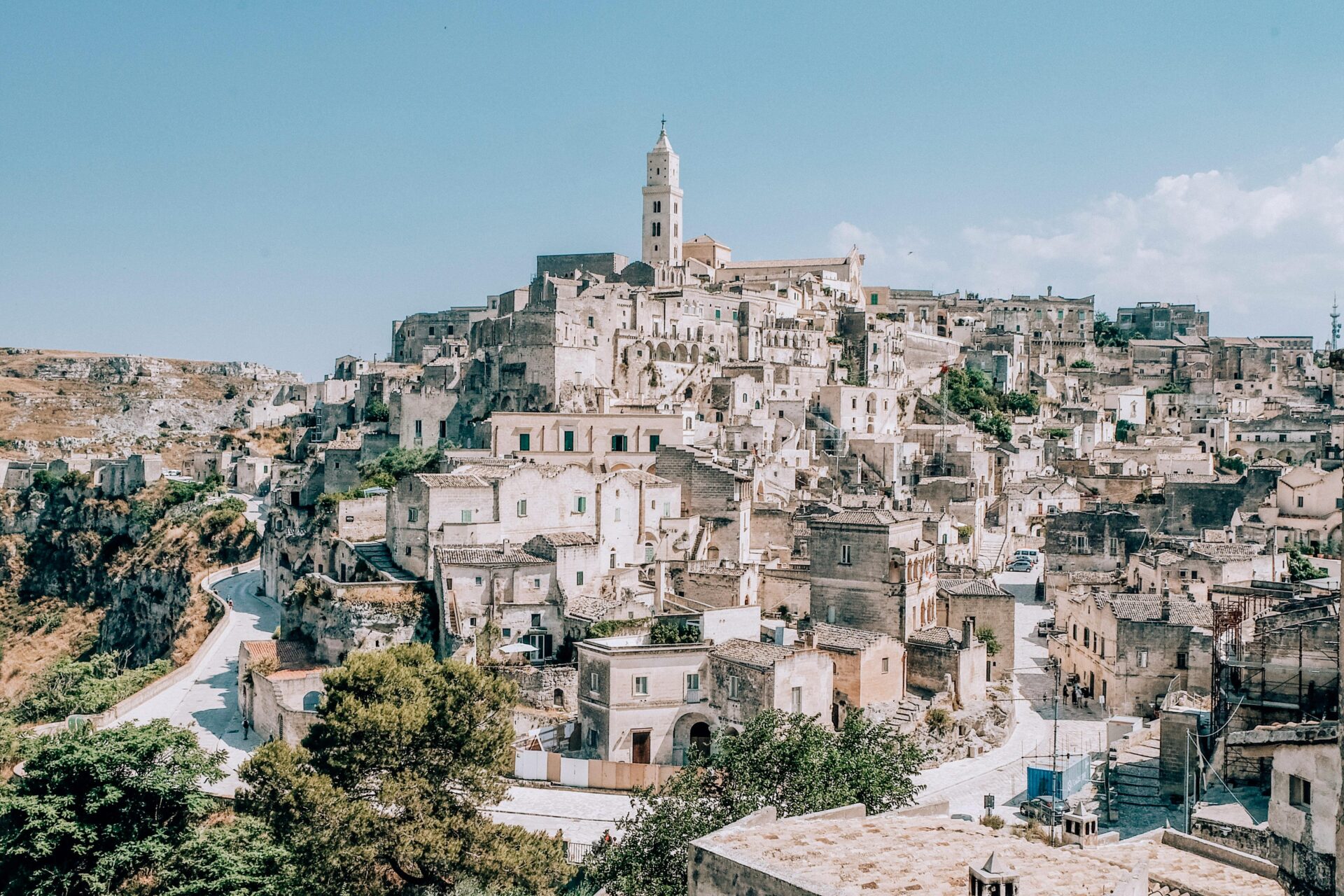
UNESCO World Heritage Site of Matera
Matera really changed how I think about human creativity. This city in Basilicata, named a UNESCO World Heritage Site back in 1993, shows off the famous “Sassi” districts—ancient cave dwellings carved right into the limestone cliffs.
I wandered for hours through those winding streets. People actually dug homes, churches, and cisterns straight from the rock.
The Sassi stand as one of the oldest places people have continuously lived, stretching all the way back to the Paleolithic era.
Around Matera, the Park of the Rupestrian Churches holds over 150 rock-hewn churches. You’ll find Byzantine frescoes inside, and honestly, I thought these spiritual spaces felt haunting—almost otherworldly.
Simple carvings and painted images have managed to survive for centuries in these churches. It’s kind of wild to think about.
For a long time, people called Matera Italy’s “national shame” because of the poverty here. But now, the city feels totally different.
Small boutique hotels, restaurants, and artisan workshops have popped up in places where families (and their livestock!) used to squeeze in together.

